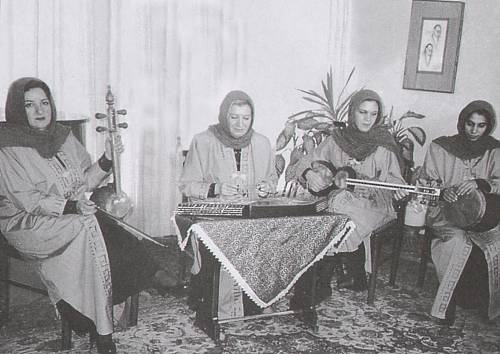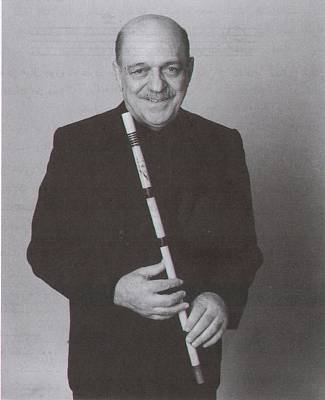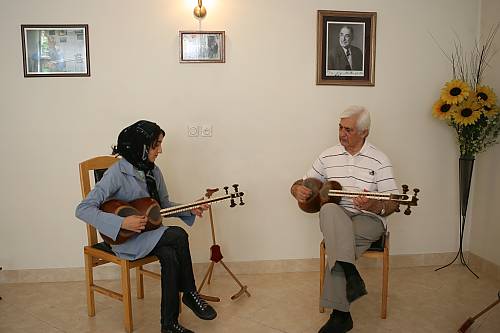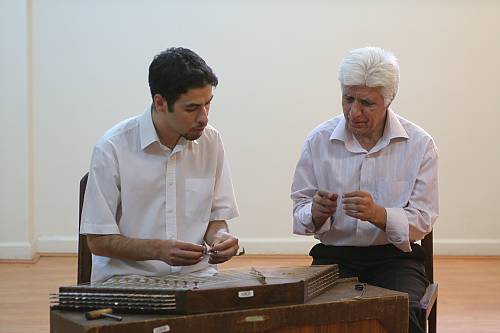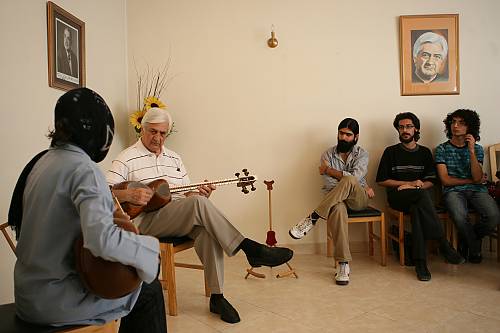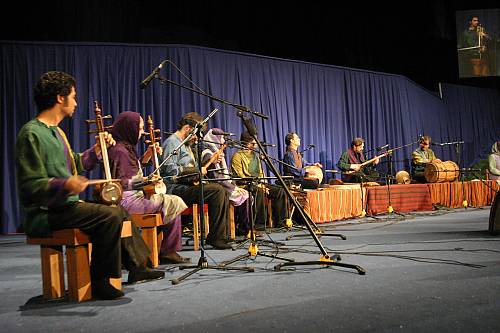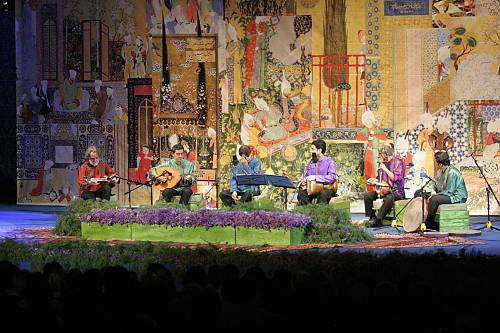Radif of Iranian music
Inscribed in 2009 (4.COM) on the Representative List of the Intangible Cultural Heritage of Humanity

The Radif of Iranian music is the traditional repertoire of the classical music of Iran that forms the essence of Persian musical culture. More than 250 melodic units, called gushe, are arranged into cycles, with an underlying modal layer providing the backdrop against which a variety of melodic motifs are set. Although the main performance practice of Iranian traditional music unfolds through improvisation according to the mood of the performer and in response to the audience, musicians spend years learning to master the radif as the set of musical tools for their performances and compositions. The radif may be vocal or instrumental, performed on a variety of instruments with different performance techniques including the long- necked lutes tār and setār, as well as the santur hammered zither, kamānche spike fiddle and ney reed pipe. Passed from master to disciple through oral instruction, the radif embodies both the aesthetic practice and the philosophy of Persian musical culture. Learning the radif stretches over at least a decade of self devotion during which the students memorize the radif’s repertoire and engage in a process of musical asceticism intended to open the gates of spirituality. This rich treasury lies at the heart of Iranian music and reflects the cultural and national identity of the Iranian people.
